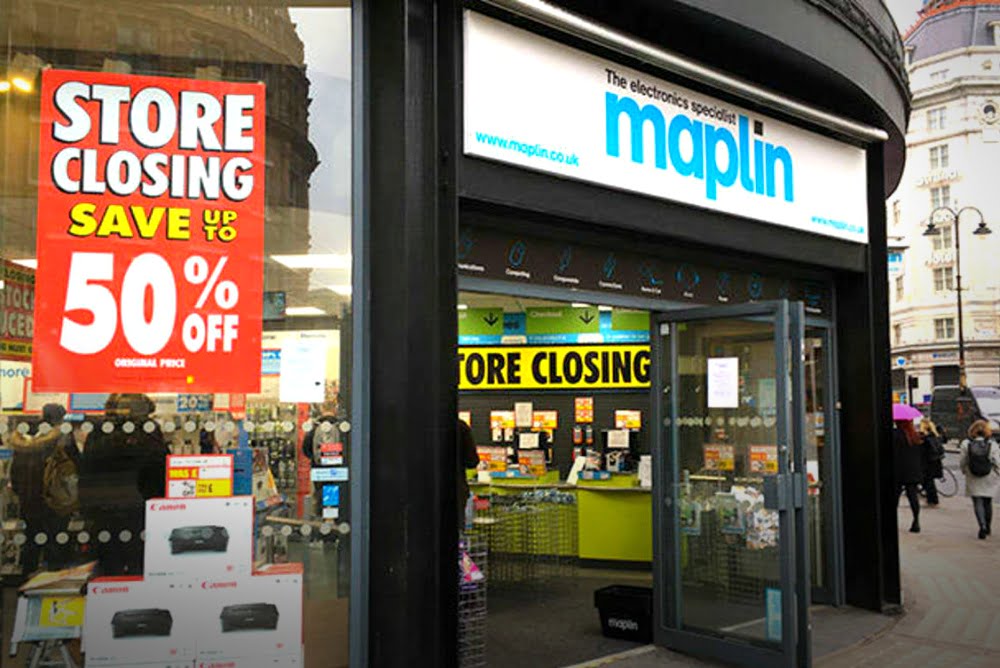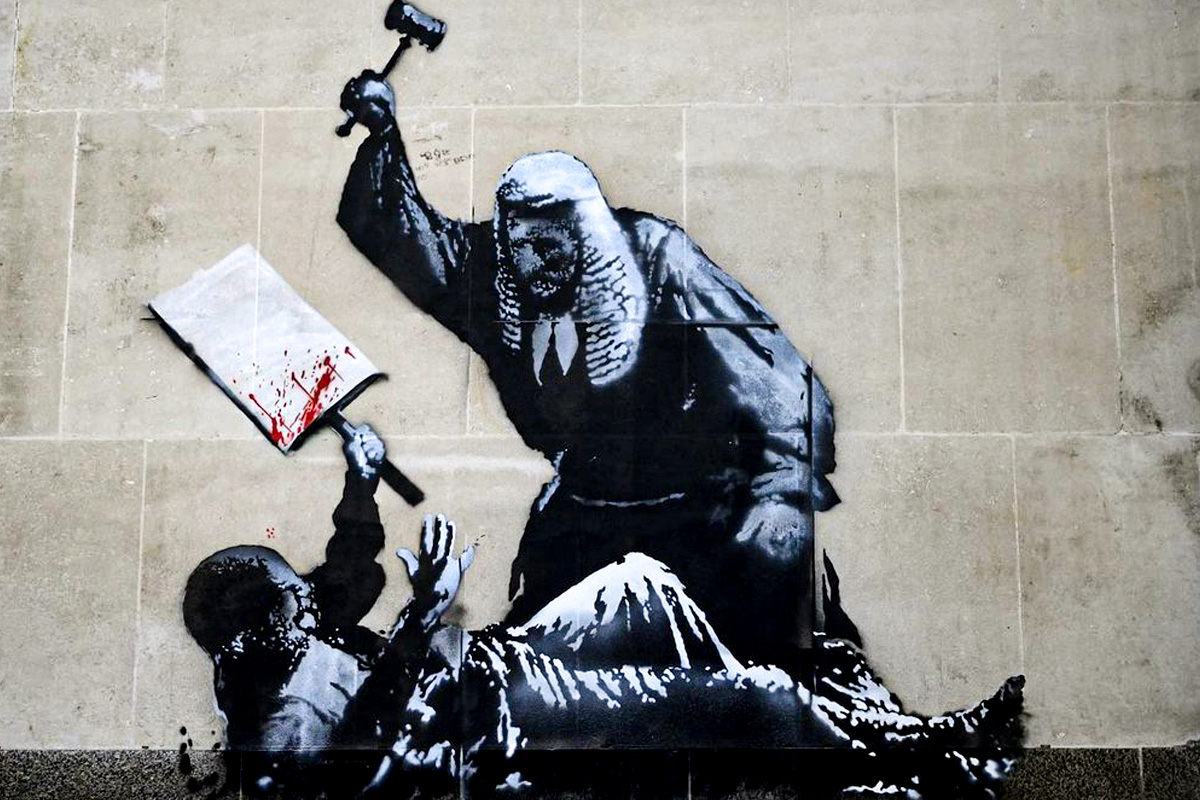John Russell comments on the latest wave of high street closures taking place across the country, as household names find themselves squeezed from all sides. As per usual, it is the working class who are forced to pay.
This month has seen the collapse of Toys ‘R’ Us and the electronics retailer Maplin – two long-standing fixtures of the British high street. Current expectations are that others will likely follow suit later this year.
The trajectory for high street retailers has been a downward one for many years now. More and more small-to-medium-sized retailers – established names for decades in many British town centres – are falling into administration, laying off their workforce, and leaving boarded-up shop fronts in their place.
Most notably there was the collapse of high street giant BHS in 2016, a landmark in town centres for over 80 years. And don’t forget the crash of Woolworths way back in 2008, one of the first victims of the Great Recession.
This year, according to mainstream commentators, we are set to see this process accelerate even further. Restaurant chains such as Jamie’s Italian and Prezzo are making severe closures, whilst major fashion outlet New Look and department store House of Fraser are said to be in trouble.
Workers left to pay
 When businesses like this go under, it is the workers who are left to foot the bill. Redundancies and the loss of pension schemes hit them first.
When businesses like this go under, it is the workers who are left to foot the bill. Redundancies and the loss of pension schemes hit them first.
But these immediate effects are made worse by the fact that these closures are not isolated cases. It is not just one business here or there collapsing, but a general trend.
With fewer and fewer retailers able to stay afloat, workers are less and less able to find jobs. Unemployment and potted-together precarious work have become the only options for many people. Over a million people are now on zero-hour contracts in the UK.
Unemployment figures may officially be down on eight years ago, but the number of people in work who are forced to claim housing benefit and other income support to make ends meet has more than doubled since 2010.
Those still able to gain work find their wages attacked by the bosses and eroded by inflation year-on-year. While living costs rise and rise, pay is stagnating.
The number of people defined as suffering from ‘in-work poverty’ was recorded last year to have risen to nearly four million. This is about a third higher than levels from eight years before.
And the position for workers is set to deteriorate further in the coming year. There has been a 15% fall in the pound since the Brexit vote, pushing the inflation rate over 3% – way above the Bank of England’s 2% target.
The result is that the economy is only staying afloat by a reinflation of the credit bubble. Households can only carry on consuming by biting into their savings and taking on further debts. This obviously has an impact on sales, shrinking the overall market for the goods that retailers are pushing.
A perfect storm
On the other side, high street stores are also under pressure from online distributors. Massive companies such as Amazon, for example, use their monopoly position and Dickensian conditions in their warehouses to undercut those rivals and competitors who still maintain a physical bricks-and-mortar presence.
This competition is exacerbated by the fact that many retail companies over-expanded during the boom, taking on large debts in the process. This demonstrates the anarchy of the capitalist system, which leaves the economy to the ‘invisible hand’ of the market, rather than planning for society’s needs.
Britain’s retailers are trapped in a vicious circle. One after another they find their sales dropping, their overheads rising, and their market shrinking. Companies squeeze their employees to cut costs, leaving more and more workers stuck on zero-hour contracts or laid off entirely.
It is a perfect storm of rising costs, low wages, and over-saturated markets. No wonder that these businesses are collapsing – nobody is able to buy their products! Their bankruptcy is a hallmark symptom of capitalism’s crisis of overproduction.
This downward spiral is the logical process of the capitalist system – a system built around the pursuit of individual private profit by the capitalists; a system that is inherently crisis-ridden. Only by democratically planning the economy in the interests of the many can this disastrous domino effect be averted.
Ten years on from the 2008 world economic crash, the death of the British high street is yet another product of the crisis of capitalism.






